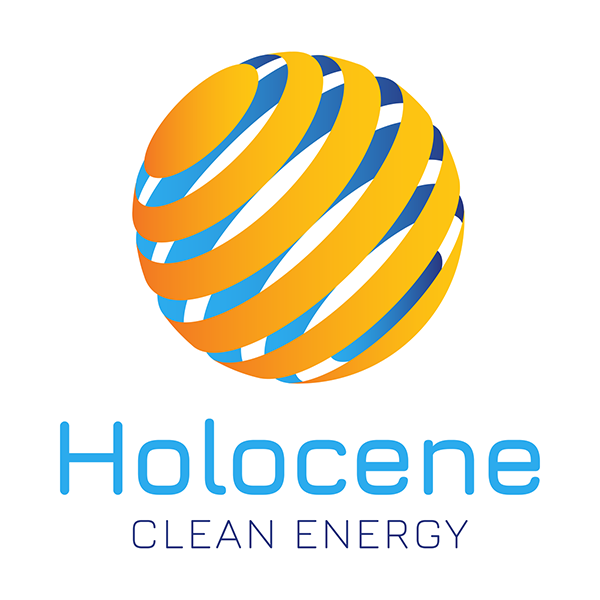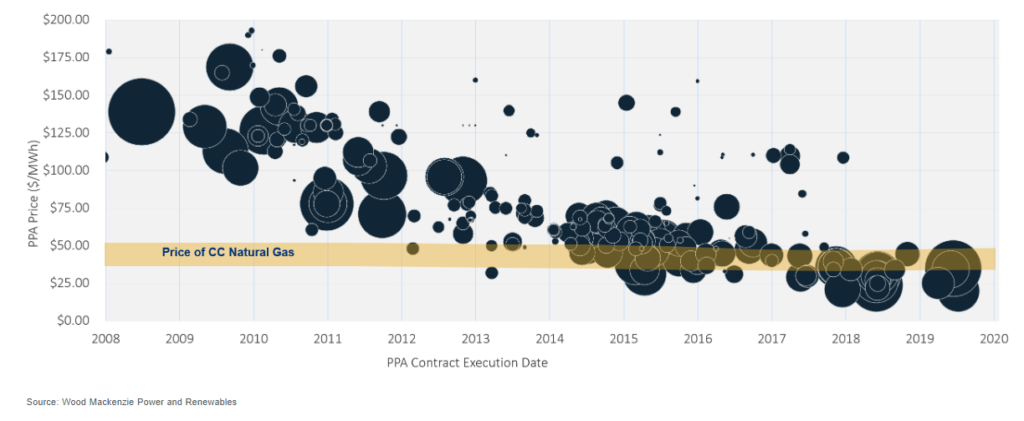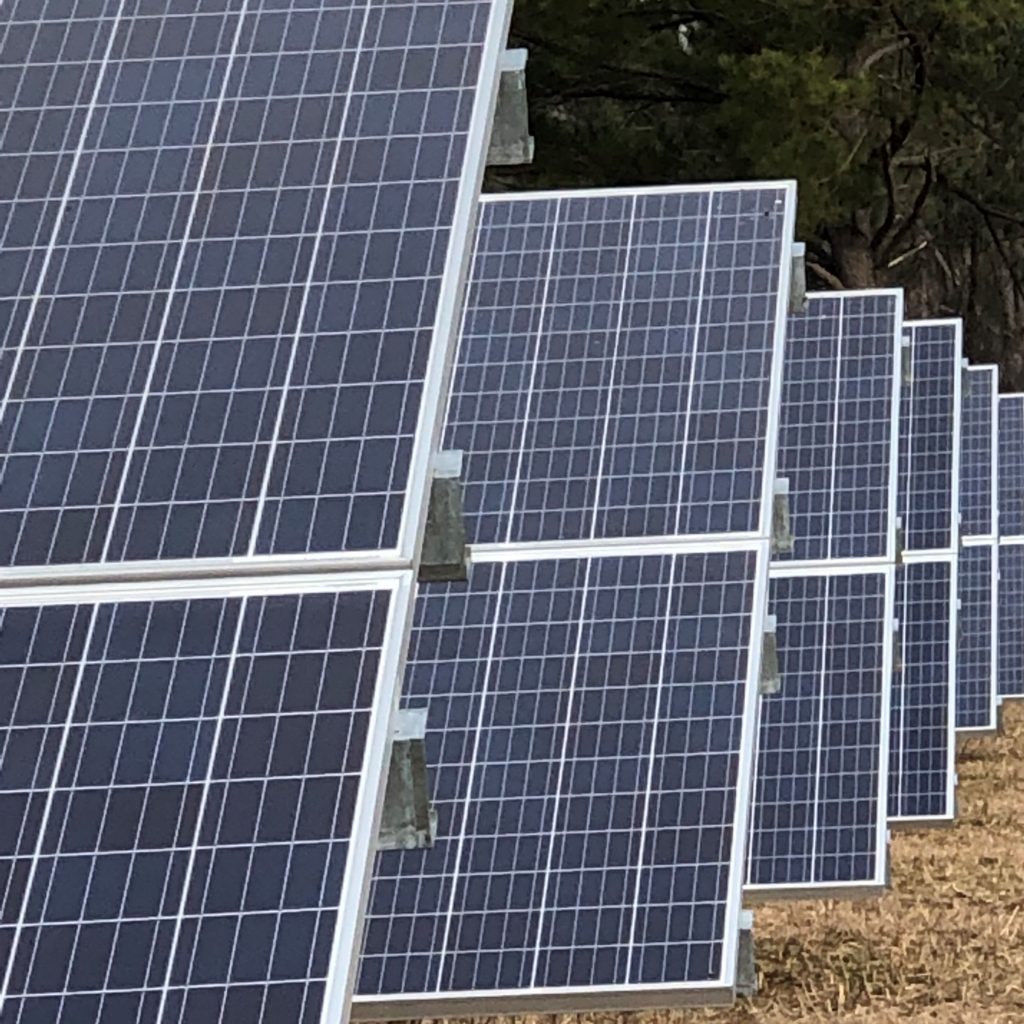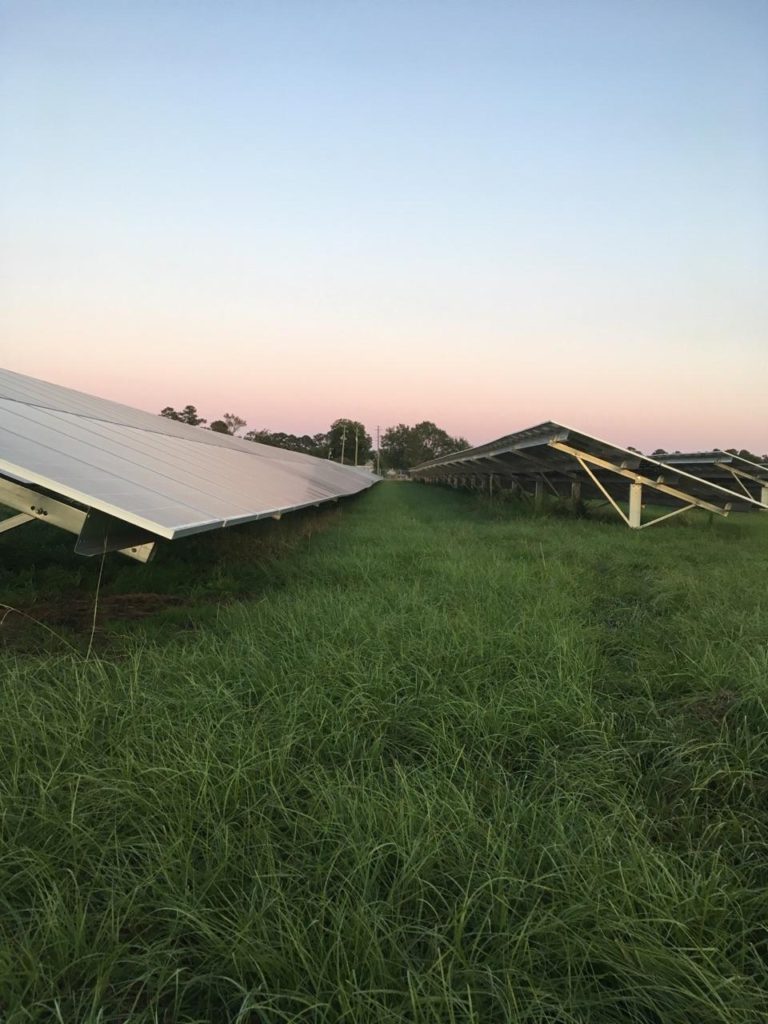Cardinal Renewables, a strategic partnership between The Carlyle Group and Alchemy Renewable Energy, secures PPA with Direct Energy Business

SPRINGFIELD, November 13, 2020 (GLOBE NEWSWIRE) –
Cardinal Renewables, a strategic partnership between the global investment firm, The Carlyle Group, and Alchemy Renewable Energy, an industry leader in renewable energy projects and tax equity financing, has secured a power purchase agreement (PPA) with Direct Energy Business, one of North America’s largest retail providers of electricity, natural gas, and home business energy-related services, through Twittys Creek Solar, LLC, supporting construction of its a 14 MWAC solar power installation located in Charlotte County, Virginia.
Providing a lasting clean energy alternative to traditional fossil fuels, Twittys Creek reduces the amount of harmful carbon emissions released into the atmosphere. The new solar installation, developed by Holocene Clean Energy, is expected to be operational in December 2020.
“We are excited to expand our operations with Twittys Creek, allowing us to broaden our coverage into Virginia and launching us one step closer to the clean energy transition,” said Lacie Clark, CEO of Alchemy Renewable Energy. “The project would not have been possible without our joint venture with Carlyle, and collaboration with Direct Energy Business and Holocene Clean Energy.”
The new installation spans approximately 75-acres and will generate nearly 14 MWAC of clean power, which is estimated to offset over 700,000 Mt CO2e over 40 years of operation. This emissions reduction is equivalent to powering about 2,250 homes, removing nearly 4,125 passenger cars from the road, or reducing gasoline consumption by 2.1 million gallons every year the project generates electricity. By adding a new, renewable energy generation source to the grid, Twittys Creek Solar, LLC, fosters a cleaner future for power supply.
“Each of our renewable energy projects creates new power generation assets for the United States,” said Pooja Goyal, Co-Head of the Infrastructure Group at The Carlyle Group. “Twittys Creek Solar, LLC, is expected to have a positive impact on the community of Charlotte County and the region by providing a clean energy source that is intended to provide efficient power delivery, improve the environment, and reduce dependency on fossil fuels.”
“We appreciate our collaboration with Cardinal Renewables and Direct Energy Business, who ultimately helped give life to the project. After working so closely with our partners and Charlotte County, seeing the stakes put into the ground was a truly joyful moment for our team,” said Laura Tillett, Business Development at Holocene Clean Energy.
“Direct Energy is proud to have partnered with Holocene and Cardinal Renewables to commence construction on Twittys Creek. It is important for us to have sustainable assets as part of our supply portfolio to assist our customers in achieving their carbon reduction goals,” said Ray Polakowski, Manager of Wholesale Origination for Direct Energy Business.
“Competitive markets drive cost-effective renewable energy adoption and create associated localized economic development benefits. This 14 MWAC solar project located in Charlotte County, Virginia will benefit the community and consumers,” said Ron Cerniglia, Direct Energy’s Director of Corporate & Regulatory Affairs.
“We appreciate our collaboration with Cardinal Renewables and Direct Energy Business, who ultimately helped give life to the project. After working so closely with our partners and Charlotte County, seeing the stakes put into the ground was a truly joyful moment for our team,” said Laura Tillett, Business Development at Holocene Clean Energy.
About Cardinal Renewables
Cardinal Renewables, a strategic partnership between The Carlyle Group and Alchemy Renewable Energy, is focused on creating long-term value for investors, companies, and communities through the development, acquisition, financing, and operation of solar power generation projects throughout the United States, with a focus on projects ranging from 5-80 MWAC. The Carlyle Group, through the Carlyle Renewable and Sustainable Energy Fund, has made a $100 million commitment to this partnership.
About The Carlyle Group
The Carlyle Group (NASDAQ: CG) is a global investment firm with deep industry expertise that deploys private capital across four business segments: Corporate Private Equity, Real Assets, Global Credit and Investment Solutions. With $230 billion of assets under management as of September 30, 2020, Carlyle’s purpose is to invest wisely and create value on behalf of its investors, portfolio companies and the communities in which we live and invest. Carlyle employs more than 1,800 people in 30 offices across six continents. Further information is available at www.carlyle.com. Follow Carlyle on Twitter @OneCarlyle.
About Alchemy Renewable Energy
Alchemy Renewable Energy is an industry leader in renewable energy projects as well as comprehensive long-term debt and tax equity financing. The firm utilizes a credentialed team, a strong network of joint ventures, and parent company Monarch Private Capital to support premium mid-size utility-scale renewable energy projects, including solar and biomass power generation. The Company leverages Monarch Private Capital’s tax equity placement services as the final element of its projects’ capital structure. In addition, Alchemy reduces overall project costs and produce higher overall investor returns by eliminating the need to source third-party development and financing support.
About Holocene Clean Energy
Holocene Clean Energy is building the foundation for the future of solar power supply, battery storage, and delivery. As a leading innovator, they create scalable distributed solar generation and storage project portfolios to reduce dependency on traditional fuels, increase grid reliability, and improve the efficiency of power delivery. The Company’s distributed generation strategy allows power consumers to procure renewable energy at competitive prices while providing meaningful benefits to local communities hosting their generation facilities.
About Direct Energy
Direct Energy is one of North America’s largest retail providers of electricity, natural gas, and home and business energy-related services with nearly four million customers. Direct Energy gives customers choice, simplicity, and innovation where energy, data, and technology meet. A subsidiary of Centrica plc (LSE: CNA), an international energy and services company, Direct Energy, its subsidiaries and/or affiliates, operate in 50 U.S. states plus the District of Columbia and 8 provinces in Canada. To learn more about Direct Energy, please visit www.directenergy.com.






